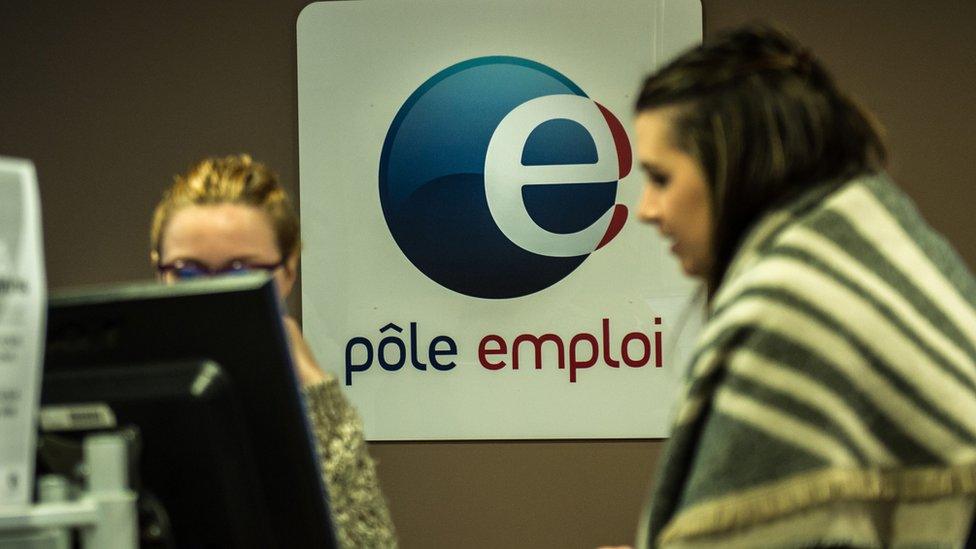International Women's Day: Women see little improvement in work - ILO
- Published

Women work longer hours per day than men, the study said
Women have seen only "marginal improvements" in the world of work in the past 20 years, according to a global study.
The International Labour Organization (ILO) said the difference in the employment rate between men and women had decreased by 0.6% since 1995.
In countries where women access work more easily, the quality of their jobs "remains a matter of concern".
The findings come as events take place to mark International Women's Day.

What is International Women's Day?
International Women's Day, external has been held on 8 March every year since 1913, and has been recognised by the United Nations since 1975.
The UN says it's a time to reflect on progress made, to call for change and to celebrate acts of courage and determination by ordinary women who have played an extraordinary role in the history of their countries and communities.
The theme of this year's day is "Planet 50-50 by 2030" - aiming to achieve global equality in areas such as education and end all forms of discrimination.
Read more on International Women's Day

Launching the report, external, ILO chief Guy Ryder said it showed "the enormous challenges women continue to face in finding and keeping decent jobs".
"Throughout their working lives, women continue to face significant obstacles in gaining access to decent jobs," the UN agency said.

The study found higher levels of unemployment among young women
"Only marginal improvements have been achieved since... 1995."
The report looked at data from 178 countries and found that rate of women's participation in the workforce was 25.5% lower than men's participation in 2015 - a gap only 0.6% smaller than 20 years earlier.
In many regions of the world, women were more likely to stay unemployed - 6.2% of women are jobless across the world compared to 5.5% of men - and often had to accept lower quality jobs.
The distribution of unpaid care and household work remains unequal in both high and lower income countries, the report said, external, although this gap has reduced.
Women, however, continue to work longer hours per day than men when both paid work and unpaid work are taken into consideration.
"Progress in surmounting these obstacles has been slow and is limited to a few regions across the world," the authors said.
The report is one of a number of studies released ahead of International Women's Day, which highlights gender inequalities around the world.
Research by US-based audit and tax firm Grant Thornton found the rate of women in senior roles, external around the world had risen 3% in the past five years, to stand at 24%.
Russia once again topped the ranking of countries with the highest percentage of women in senior business roles, followed by the Philippines and Lithuania, the report said.
Japan, where only 7% of senior leadership roles are held by women, remained at the bottom of the list.
- Published12 February 2016

- Published9 November 2015

- Published17 January 2015